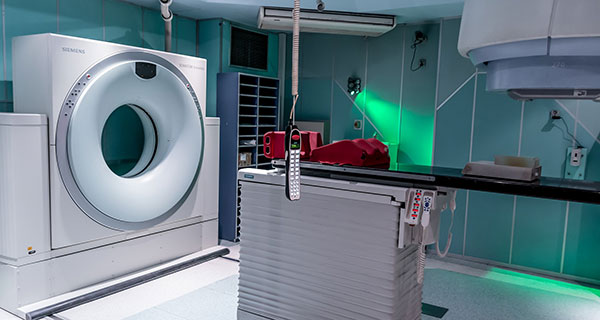 A First Nation community about 70 kilometres southeast of Prince Albert, Sask., hopes to generate profit within five years from a private MRI clinic.
A First Nation community about 70 kilometres southeast of Prince Albert, Sask., hopes to generate profit within five years from a private MRI clinic.
The James Smith Cree Nation could create what would be the province’s first private-pay MRI facility. This became possible when the Saskatchewan government passed legislation in 2016 allowing for such facilities as a way of decreasing wait times.
A Regina Leader-Post news story from 2016 points out that the Saskatchewan Medical Association opposed private MRI facilities, while some doctors continued to refer patients to out-of-province MRI clinics for needed tests.
For Indigenous communities, such businesses could generate new revenue streams. While this would help medical patients of the communities and the province, it could also tap into the lucrative medical tourism industry.
The Medical Tourism Association says that “Medical tourism is where people who live in one country travel to another country to receive medical, dental and surgical care while at the same time receiving equal to or greater care than they would have in their own country, and are travelling for medical care because of affordability, better access to care or a higher level of quality of care.”
First Nations could expand beyond MRI services into other diagnostic services and elective surgeries, such as knee and hip replacements.
Many First Nations are exploring the economic opportunities created by legal cannabis. However, some Indigenous communities aren’t as enthusiastic about this market or are concerned about the ill effects on their communities, which are already dealing with addiction problems.
Allowing for-profit medical services on reserves could also help First Nations develop economic opportunities outside of the problematic casinos and VLTs.
The distinct legal situation of First Nations could make these opportunities possible.
James Smith isn’t the first Indigenous community to explore delivering private health services to Canadians. Westbank First Nation, near Kelowna, B.C., planned a high-end private health-care facility of about 200,000 square feet and 100 beds in its first phase.
Chief Robert Louie told Windspeaker in 2012: “It will be equivalent to a private hospital. The centre will provide all the services of a typical health-care institution without the emergency department, obstetrics unit and psychiatric ward.
“The private clinic will provide major organ surgeries, joint replacements and cosmetic surgeries. It’s pretty wide open as far as a hospital goes,” Louie said.
Health Canada said that such a private hospital would be allowed only if it catered to non-Canadians.
Some constitutional experts said the proposal would test Indigenous self-government. Louie claimed the band didn’t require approval from Health Canada to build and operate a private hospital on their land.
Unfortunately, the hospital was never built. Louis, who was the driving force behind the project, was defeated in the 2016 election.
The federal and provincial governments need to work with Indigenous communities that want to provide medical services to other Canadians. The MRI clinic at James Smith Cree Nation in Saskatchewan needs to be replicated across the country.
First Nations deserve more opportunities to develop revenue outside of gambling and cannabis.
At a minimum, Indigenous communities should be to allowed to take advantage of the medical tourism industry.
Joseph Quesnel is a research fellow with the Frontier Centre for Public Policy.
The views, opinions and positions expressed by columnists and contributors are the author’s alone. They do not inherently or expressly reflect the views, opinions and/or positions of our publication.


